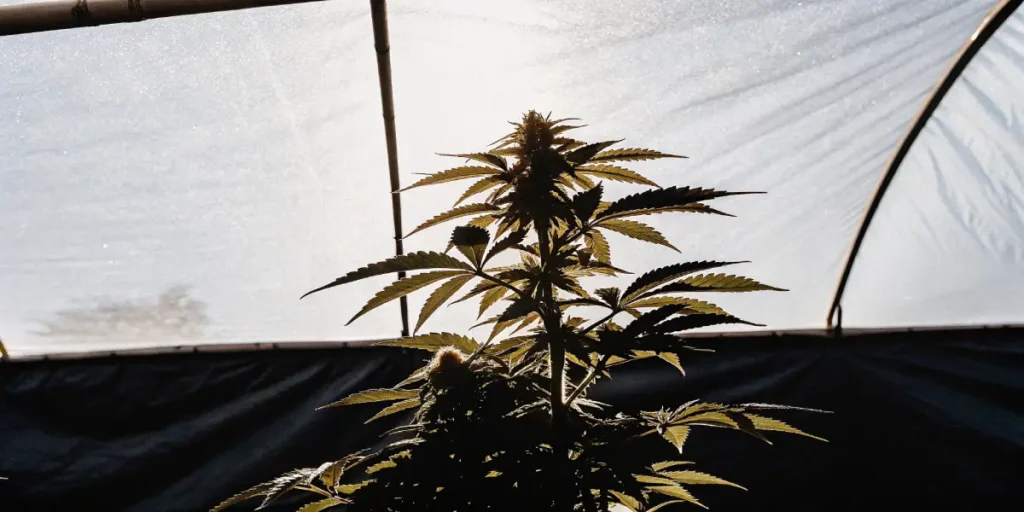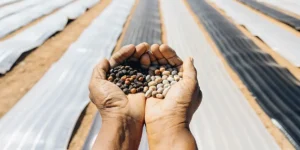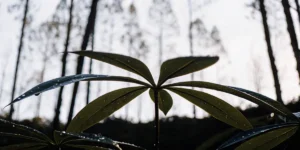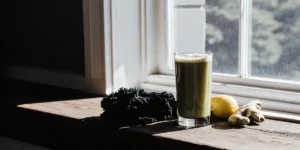When you’re deciding between deps vs indoor weed, it’s crucial to know what each growing method offers. Both techniques have their unique benefits and challenges. Whether you’re a first-time buyer or a seasoned grower, understanding the differences can help you make informed decisions.
Let’s break it down. Deps, short for light deprivation, is a method that manipulates the light schedule to induce flowering in cannabis plants. Indoor growing, on the other hand, involves controlling every aspect of the environment. This control can lead to high-quality yields but often at a higher cost.
The key to choosing between deps and indoor weed lies in understanding your priorities. Do you prioritize cost or quality? Are you concerned about the environmental impact? These questions will guide your decision-making process.
Advantages of Deps Over Indoor Weed
One significant advantage of deps over indoor weed is cost efficiency. Light deprivation requires less energy than maintaining an indoor setup. With deps, natural sunlight is your ally, reducing the need for expensive lighting and HVAC systems.
Another benefit is scalability. Deps can be scaled up with relative ease. This means you can start small and expand as needed without massive overhead costs. Plus, the reduced reliance on artificial lighting can lead to a more natural growing process, often resulting in robust plant development.
Additionally, the advantages of deps over indoor weed include a potentially shorter growing cycle. By manipulating light exposure, growers can induce flowering at optimal times, leading to faster harvests compared to the rigid schedules often required for indoor grows.
Deps also offer growers an opportunity to capitalize on outdoor space that might otherwise go unused. This strategic use of available land can enhance production efficiency and provide a more sustainable approach to cannabis cultivation in regions with suitable climates.
Comparing Deps and Indoor Cannabis Quality
Quality is a major consideration when comparing deps and indoor cannabis. Indoor setups offer complete control over environmental variables. This control can lead to premium quality buds with high cannabinoid profiles.
Deps, however, can also produce high-quality cannabis when executed properly. While indoor growing offers consistency, deps rely on the grower’s expertise to optimize conditions. With strains like Blue Dream from Global Green Genetics, growers can achieve excellent quality in both environments.
Moreover, comparing deps and indoor cannabis quality reveals that deps can benefit from the full spectrum of natural sunlight, which may enhance terpene profiles and flavor, offering a unique product that some consumers prefer over the more uniform indoor varieties.
Conversely, indoor cannabis often exhibits a more polished appearance and uniformity in size and structure, attributes that are highly valued in many markets. The choice between these methods hinges on whether the grower prioritizes natural traits or controlled perfection.
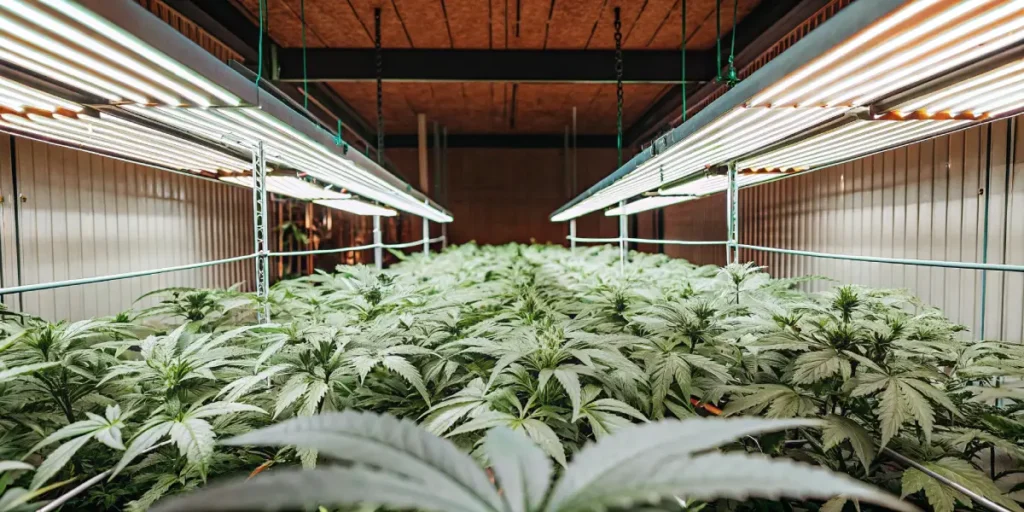
Cost Differences Between Deps and Indoor Weed
Cost differences between deps and indoor weed are significant. Indoor growing demands a larger investment in equipment and electricity. High-quality lighting, ventilation, and climate control systems are necessary.
Deps, on the other hand, leverage natural conditions, which can lead to lower operational costs. However, it requires investment in light deprivation materials. Strains like Northern Lights from Global Green Genetics can thrive in both settings, offering flexibility in managing costs.
When analyzing the cost differences between deps and indoor weed, it’s important to consider the long-term savings. Deps can significantly cut down on monthly utility bills, freeing up resources for other cultivation needs or expansion efforts.
Despite the initial cost of setting up a light deprivation system, the ongoing maintenance and energy savings often make deps a more financially viable option for growers looking to reduce their overhead without sacrificing yield or quality.
Yield Differences in Deps vs Indoor Cannabis
Yield is an important factor for growers. Indoor setups can produce consistent yields due to controlled conditions. However, this often comes at the expense of higher operational costs.
Deps can also produce high yields, especially in regions with favorable climates. Skilled growers can utilize strains like Girl Scout Cookies from Global Green Genetics to maximize output. The key is balancing light exposure and environmental factors to boost yield.
In comparing yield differences in deps vs indoor cannabis, one must note that the flexibility of deps allows for multiple harvests per year. This can be particularly advantageous in areas with long growing seasons, effectively increasing annual output.
On the other hand, indoor growers benefit from the ability to grow year-round without concern for weather conditions, leading to predictable and steady production schedules that can meet market demands consistently.
Environmental Impact of Deps vs Indoor Weed Growing
The environmental impact of deps vs indoor weed growing is a growing concern. Indoor cultivation requires significant energy input, which can lead to a larger carbon footprint.
Deps, by relying more on natural sunlight, often have a lower environmental impact. This makes it an attractive option for eco-conscious growers. By choosing strains well-suited for your environment, like those offered on Global Green Genetics, you can minimize your ecological footprint.
Furthermore, the environmental impact of deps vs indoor weed growing can be mitigated through sustainable practices. Utilizing renewable energy sources and efficient water management systems in light deprivation setups can further reduce the ecological footprint.
Additionally, the reduced dependency on artificial lighting in deps not only lowers carbon emissions but also aligns with the increasing consumer demand for environmentally friendly and sustainably produced cannabis products.
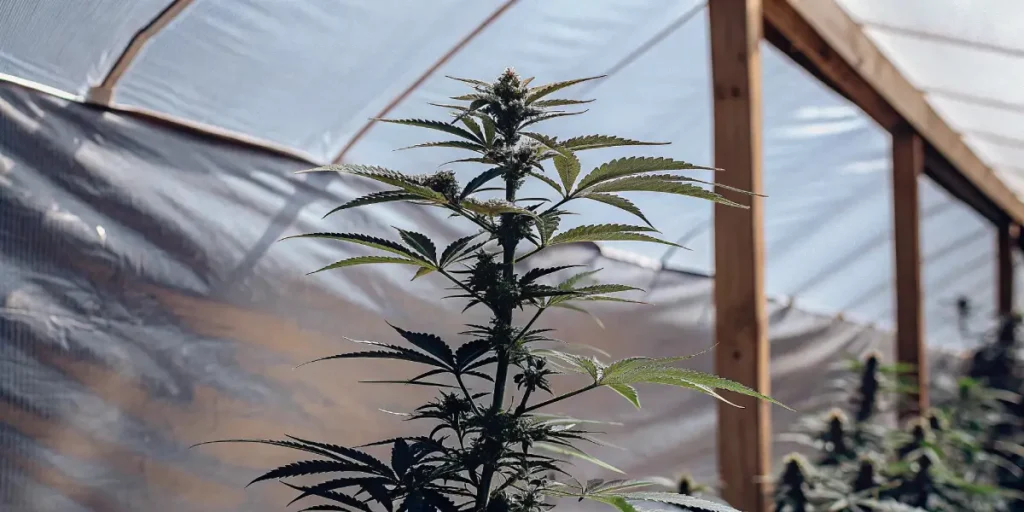
FAQs
What is the difference between deps and indoor weed?
Deps, or light deprivation, uses natural sunlight with controlled darkness to stimulate flowering. Indoor weed relies entirely on artificial environments, providing complete control over growing conditions. Each method has its own set of benefits and limitations.
Whether you prioritize cost, environmental impact, or quality, understanding these differences will help you choose the right method for your needs. Consider the resources you have available and the quality of cannabis you wish to produce.
In exploring the differences between deps and indoor weed, consider the growing cycle flexibility offered by deps, which can adjust to seasonal changes and optimize growth periods accordingly without the constraints of fixed indoor schedules.
Moreover, it’s crucial to weigh the initial setup and maintenance efforts. While deps might require a learning curve for optimizing sunlight and darkness, indoor weed demands constant vigilance over a multitude of environmental factors.
How does the quality of cannabis differ in deps vs indoor settings?
Indoor growing allows for precise control of light, temperature, and humidity, often resulting in high-quality cannabis. This method is preferred for consistency and premium bud development.
However, deps can also produce quality cannabis if managed well. By selecting the right strains, such as Blue Dream, and optimizing the growing environment, high-quality results can be achieved.
The quality of cannabis in deps vs indoor settings can also be influenced by the experience and skill of the grower. A well-managed deps setup can yield buds with exceptional potency and aroma, rivaling indoor-grown counterparts.
In contrast, while indoor settings provide controlled conditions, they can sometimes lead to less variation in cannabinoid and terpene profiles, which might not appeal to all consumers seeking a more diverse sensory experience.
Which method is more cost-effective: deps or indoor growing?
Deps is generally more cost-effective due to lower energy requirements. It uses natural sunlight, reducing the need for expensive equipment and electricity.
Indoor growing, while potentially more costly, provides a controlled environment which can lead to better yields and quality, justifying the investment for some growers.
For growers evaluating which method is more cost-effective, deps vs indoor growing, it’s essential to consider long-term operational expenses. The reduced utility bills and maintenance costs in deps can lead to significant savings over time.
However, the initial investment in creating a robust light deprivation system shouldn’t be underestimated, as it requires careful planning to ensure that natural and artificial elements work in harmony to achieve the desired results.
What are the yield differences between deps and indoor cannabis?
Indoor setups tend to offer more consistent yields thanks to controlled conditions. This predictability is a significant advantage for commercial growers.
Deps can also yield abundantly, especially with strains like Northern Lights. The key is the grower’s ability to manage light cycles and environmental factors effectively.
Examining the yield differences between deps and indoor cannabis, it’s clear that deps offers the advantage of adaptability to outdoor conditions, potentially increasing yields in optimal climates.
Though indoor methods provide steadier yields, deps allows growers to leverage natural cycles and conditions, which, when combined with strategic strain selection, can lead to impressive harvests.
How do environmental concerns compare between deps and indoor methods?
Indoor growing often has a higher environmental impact due to energy consumption. The use of artificial lights and climate control systems contributes to a larger carbon footprint.
Deps, utilizing natural sunlight, typically has a smaller environmental impact. For eco-minded growers, this method offers a more sustainable approach to cannabis cultivation.
When comparing environmental concerns between deps and indoor methods, it’s important to highlight that deps can benefit from utilizing organic soil and composting practices, further reducing its environmental impact.
Indoor methods, while more resource-intensive, can integrate advanced technologies like LED lighting and automated systems to mitigate their carbon footprint, aligning with sustainable growing initiatives.

